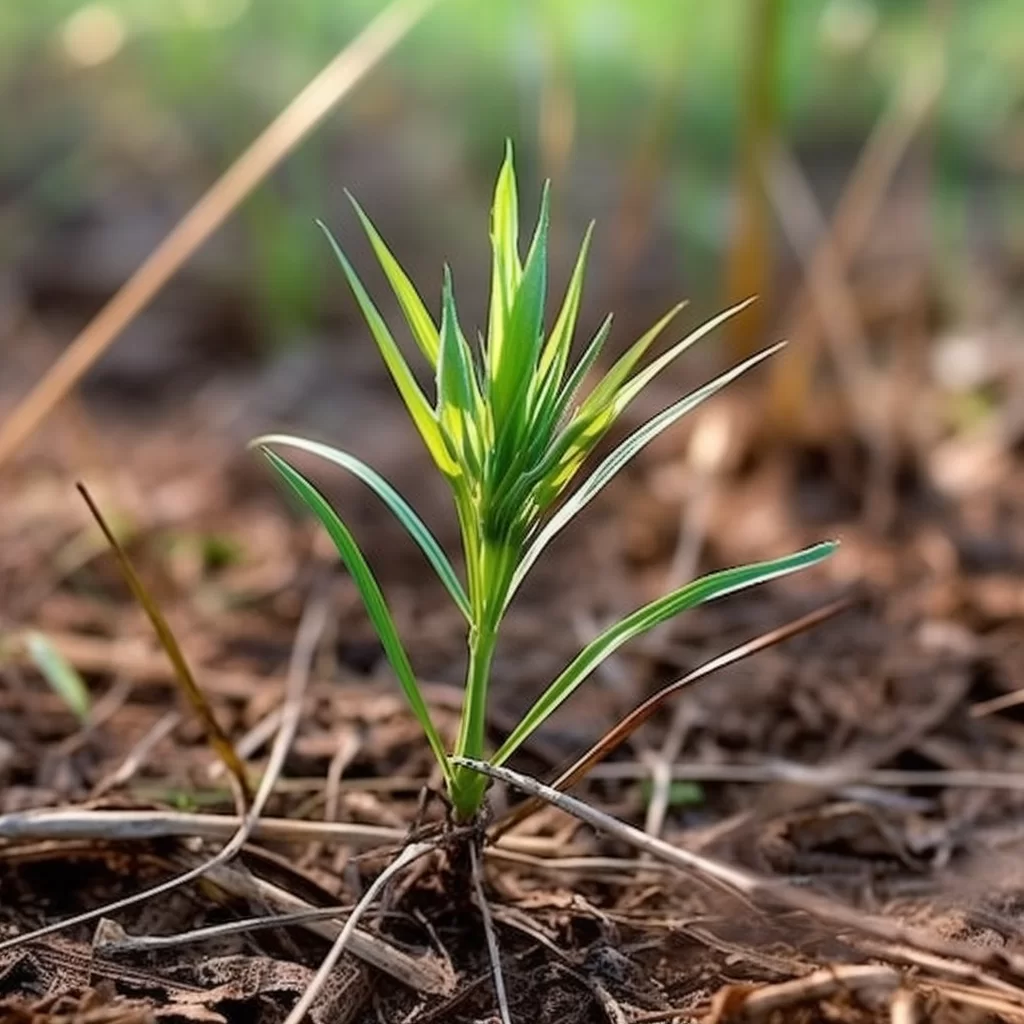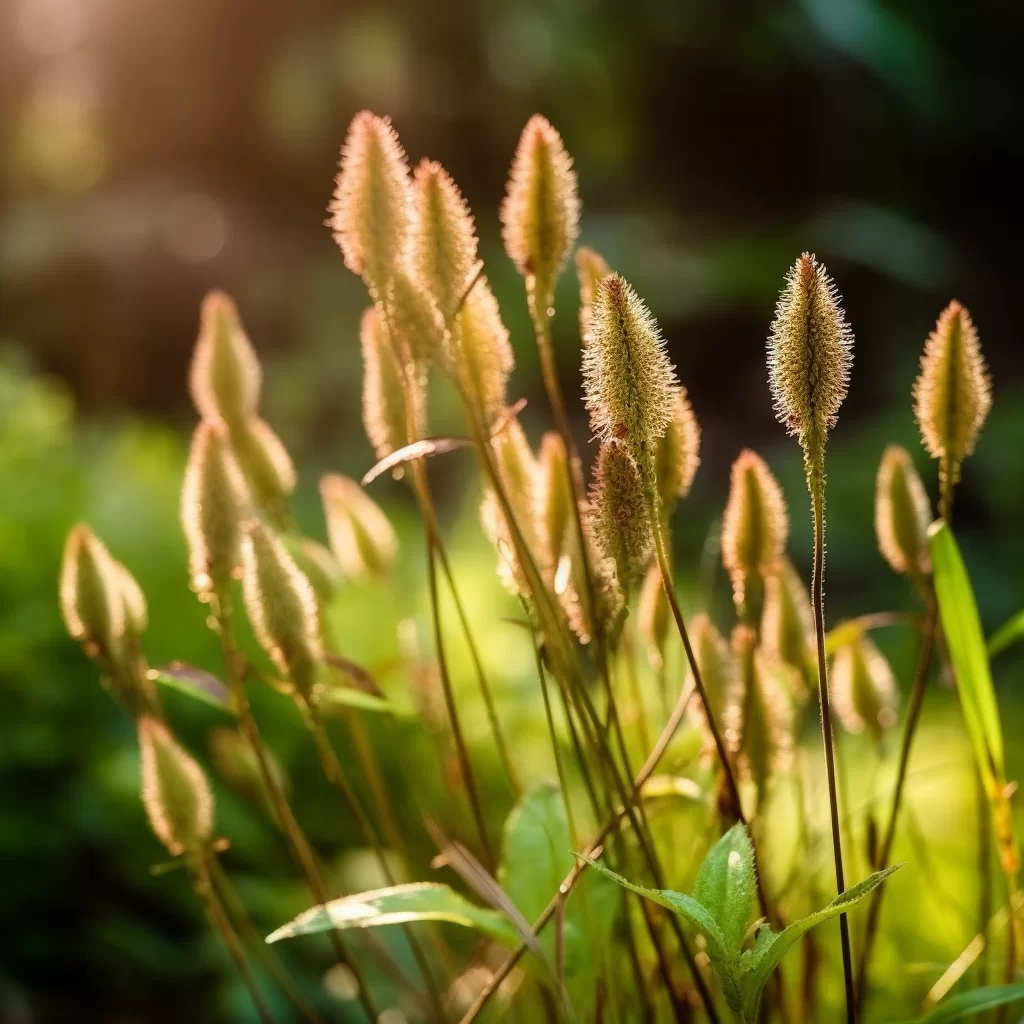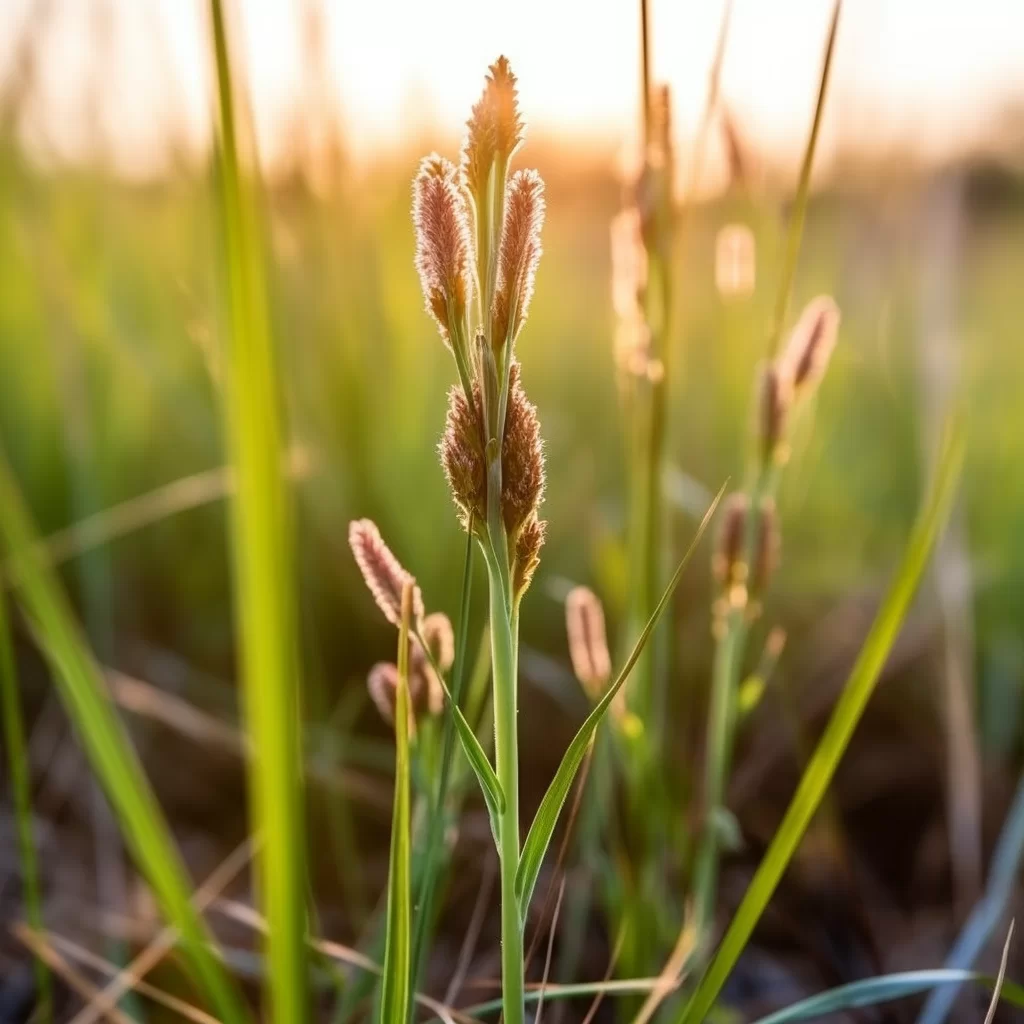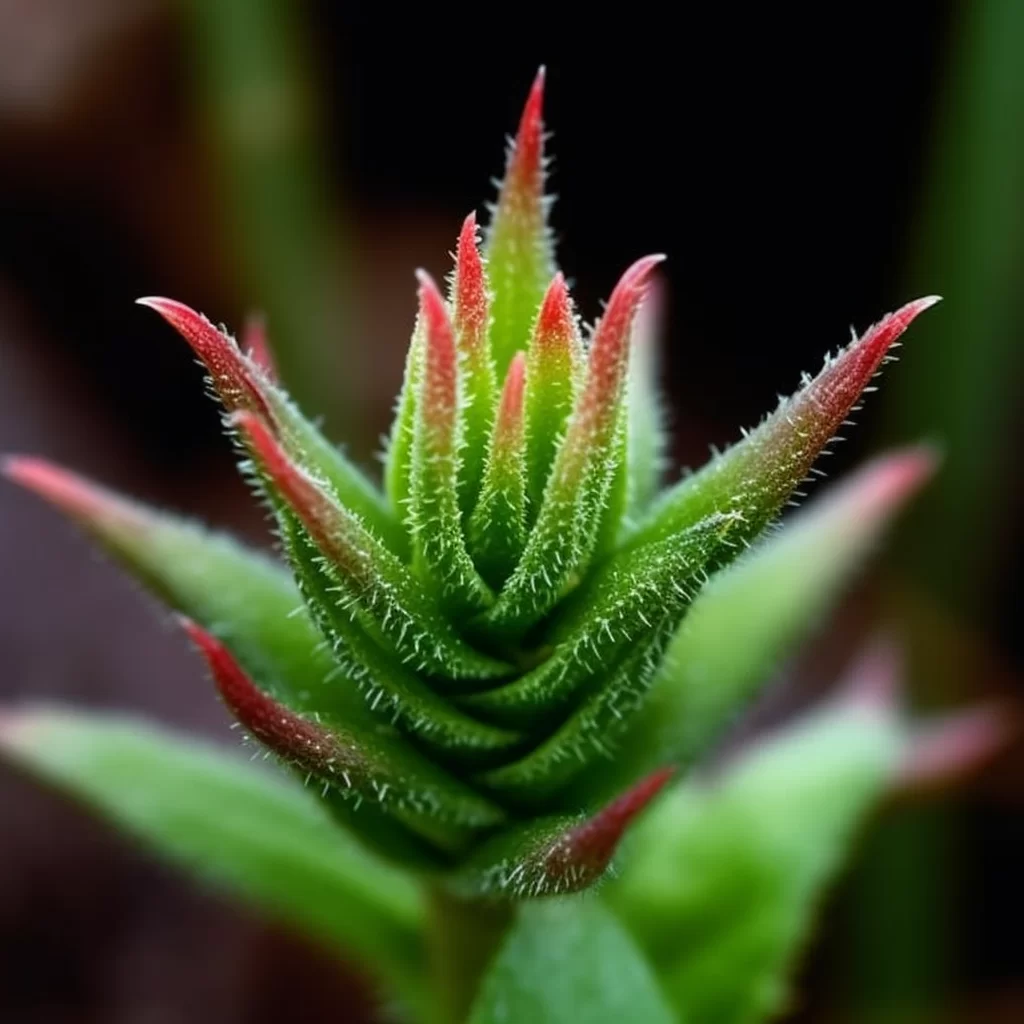Story of Day :
Contents
The Spike Rush Plant: A Complete Guide and Care Tips
Gardening enthusiasts are always on the lookout for plants that can add texture, color, and uniqueness to their gardens.
One such plant that fits this description is the spike rush plant.
This article will provide you with a complete guide to growing and caring for spike rush plants.
Introduction to Spike Rush Plants
- Spike Rush plants are aquatic or semi-aquatic perennial herbs belonging to the family of Cyperaceae.
- They grow in moist soils, marshes, swamps, and shallow water bodies across different regions of North America.
- Spike rushes have slender stems with spike-like inflorescences at their tips that bear small flowers or seeds.
- The leaves of these plants appear like grass blades and divided into segments from which they derive their name “spike” which indicates sharp-pointed inflorescence while “rush” refers to a tall stem bearing leaves resembling a grass blade
Varieties of Spike Rush Plants
There are over 100 species of spike rush plants found worldwide.
Some common varieties include:

- Cyperus Papyrus: Also known as Egyptian papyrus or paper reed is native to Africa but widely cultivated in many parts of the world as an ornamental plant.
It’s characterized by its tall stem bearing long thin leaves arranged in tufts at its top
- Cyperus Alternifolius: Also called umbrella palm is native Madagascar before spreading throughout Asia where it gained its popularity before extending globally due to its unique appearance.
Its stem bears short leaves arranged in tiers resembling an umbrella thus deriving its name
How to Grow Spike Rush Plants
Spike rush plants are relatively easy to grow, and the following tips will help ensure that your plants thrive:
- Soil: These plants require rich, well-drained soils that retain moisture.
Add organic matter like compost or aged manure while planting for optimal growth.
- Sunlight: Spike rush plants require full sunlight to thrive.
Plant them in an area where they can receive at least six hours of direct sunlight daily.
- Irrigation: Keep the soil moist by watering regularly but avoid waterlogging since this can cause root rot.
- Fertilization: Apply a balanced fertilizer every month during the growing season (spring and summer) to boost plant growth.

Care Tips for Spike Rush Plants
The following care tips will help keep your spike rush plants healthy and thriving:
- Pests and Diseases: Spike rush is usually not attacked by pests or diseases often, but when it does happen, it may be as a result of overwatering which makes them susceptible to fungal diseases like crown rot; inspect periodically for pest infestation if noticed remove affected parts promptly from healthy ones
Frequently Asked Questions about Spike Rush Plants
 Q: Is spike rush plant poisonous?
Q: Is spike rush plant poisonous?
A: No! Spike rushes are non-toxic making them safe around pets or children.Q: Can I grow spike rushes indoors?
A: Yes! If you provide enough light exposure, humidity level, adequate irrigation as well as fertilization regimes then these species can grow indoors.
In Conclusion
Spike rush plants are an excellent addition to any garden, providing unique texture and color.
They are easy to grow and care for if you follow the guidelines outlined in this article.
Remember when planting your spike rush plants that they should not be overcrowded since they need enough space to spread their roots.
